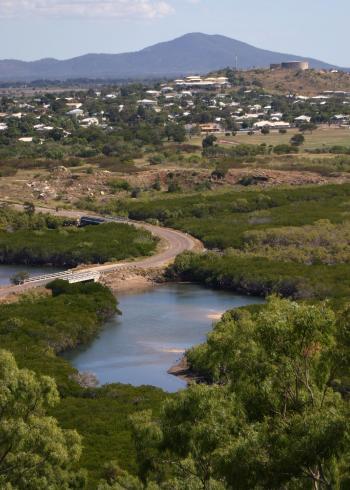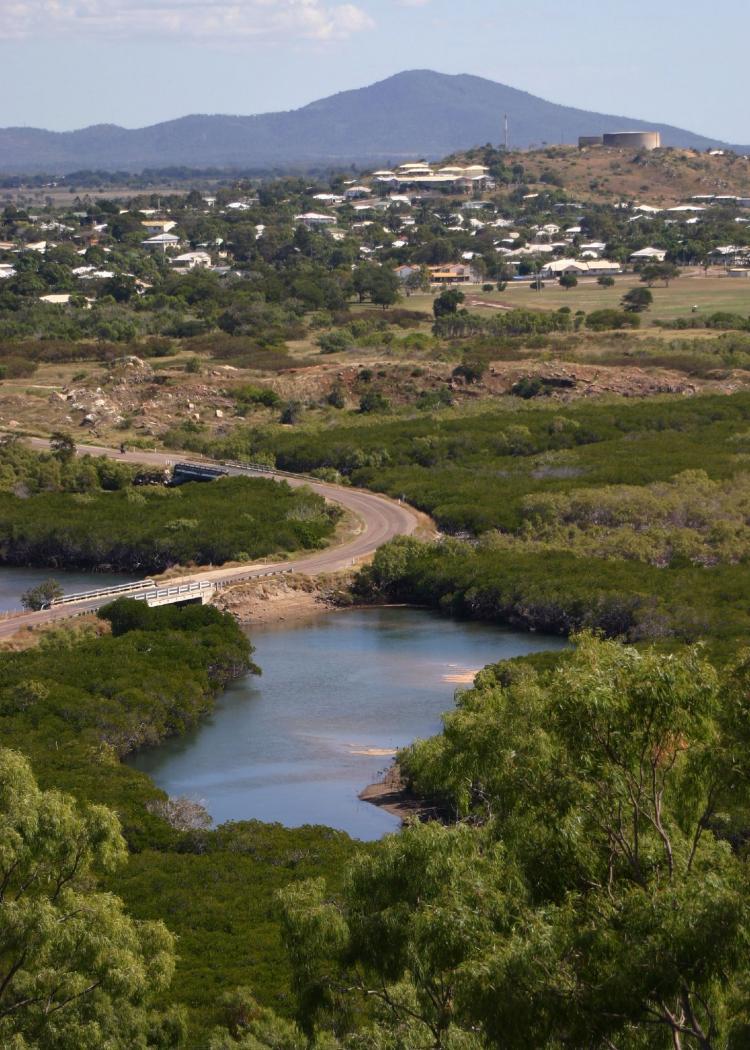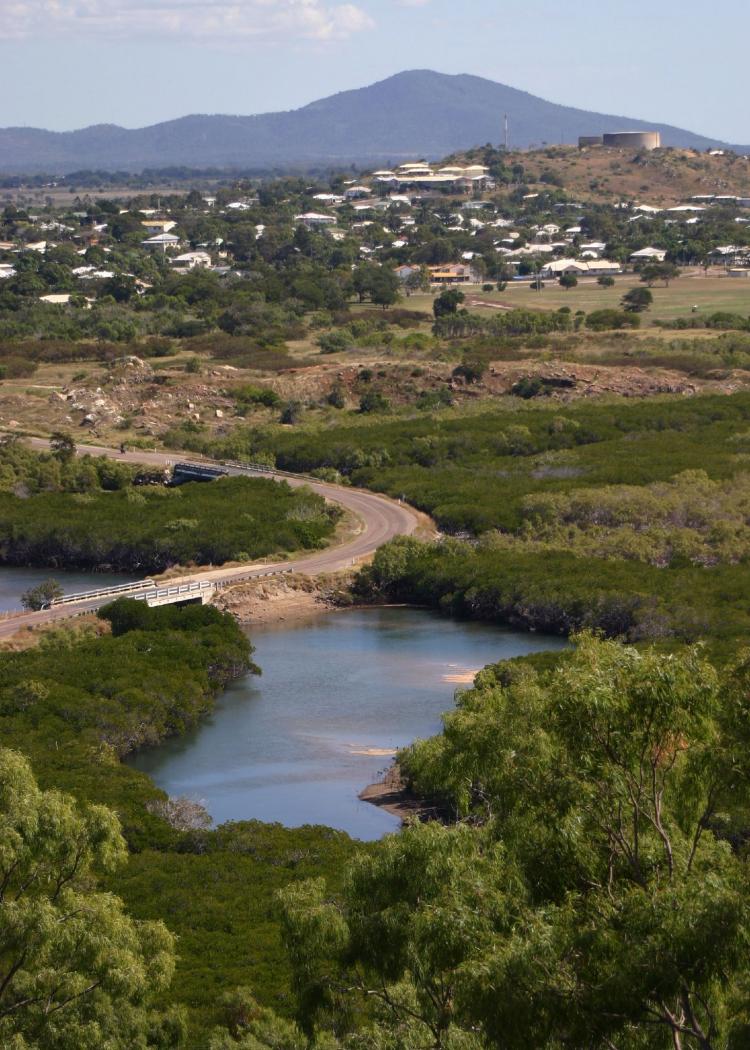Large-scale industrial plans threaten to divide Bowen, the sleepy north Queensland coastal town chosen by Baz Luhrmann to film much of his blockbuster movie Australia.
Polarising the community is a bid by Aluminium Corp of China, known as Chalco, which is seeking to build a $2.2 billion refinery at Abbot Point.
Bowen, considered one of the gateways to the popular Whitsunday tourist region, had been dubbed ‘Bowenwood’ after Luhrmann and his crew descended on the sleepy town to create 1940’s Darwin.
“The fact that they chose Bowen, is because we’ve got a long jetty, which they needed, we’ve got a big empty foreshore in front of the town where they could do pretty much what they liked. And we’ve got the wide main street with some old buildings,” Mayor Mike Brunker, told News Limited ”There’s no high modern stuff ... and we rolled out the red carpet for them. We were able to block off the waterfront for an extended period, and there was an army of local volunteers who were happy to work for nothing. All the ducks lined up.”
It is doubtful Bowen will be as welcoming when the smelter goes in. Many locals fear Bowen will change for the worst but the community is divided. Some want the economic benefits and jobs they believe Chalco will bring, while others say investing in sustainable industries and using renewable energy sources, will create jobs and maintain a healthy lifestyle.
“We could do much here to add value and enhance our already established industries, like farming, fishing and tourism,” says Resident Action Association president Maria Macdonald
The idea of a refinery is not new as Comalco, mining giant Rio Tinto’s aluminium subsidiary, had considered building just south of Bowen some years ago.
There was a flurry of activity back then with real estate prices quadrupling as investors pressured property owners to sell at prices too good to resist.
Much the same is happening now as Bowen is toasted around the country and internationally as the place to invest – an investor’s paradise, headlines the local Bowen Independent newspaper.
Prospective buyers are told of high rental returns from a predicted shortage of accommodation created by an influx of workers.
The Queensland Government has promised $300 million to build the infrastructure needed for the industrial precinct’s chemical production, mineral refining and metal smelting.
According to the Bowen Collinsville Enterprise 2008 review, Bowen Port development is well advanced with plans proposed to take coal loading capacity to 110 million tonnes a year via a multi-cargo trade facility.
The Northern Missing Link rail line will allow 44 trains a day as opposed to the current 7, and the review says plans are in hand to improve the Bruce Highway and regional road system.
The “Water for Bowen” project will deliver 60,000 megalitres per year from the Burdekin, some 100km away.
Some see all this as blue skies ahead but a significant sector of the community fears their paradise will turn into black smoke billowing from giant stacks. They fear toxins will leach into the red mud poisoning the region’s $250 million horticultural industry, and ruining tourism’s money spinner – clean beaches, snorkeling, sailing, fishing and the World Heritage Great Barrier Reef.
Chalco is the world’s second largest alumina refinery and China’s largest. Chinese companies are not known for their environmental considerations.
The Federal Government recently called for submissions against the proposed refinery, port expansions and transport corridor.
Three submissions to each project had to be completed by December 3 for consideration of the Department of the Environment, Heritage and the Arts.
Just a week before, Maria Macdonald didn’t look so optimistic.
A frown crossed her brow. She had been reading an article about high levels of lead in children living at Mt Isa, the mining capital of Queensland, Australia.
She also refers to the Keela Valley/Caley Wetland protected by the RAMSAR Convention, an international treaty for the conservation and sustainable use of wetlands.
Migratory birds flock there once a year from China and Japan, protected by an agreement signed by between both countries and Australia.
The wetland comprises some 5000ha, sandwiched between the proposed refinery area and the Port of Abbot Point terminal with its proposed multi-cargo facility.
The already fragile Great Barrier Reef lies just 80km offshore and an ever-decreasing grazing area for dugong runs along the shoreline.
Maria Macdonald asks, “Where is everyone? Where’s ‘Save the Dugong’, ‘Save the Wildlife’. Why aren’t they saying anything?”
She pulls herself together, shrugs a shoulder, picks up a guitar and heads out the door. “I’m off to choir practice to sing some Christmas carols; that’ll cheer me up,” she says.






